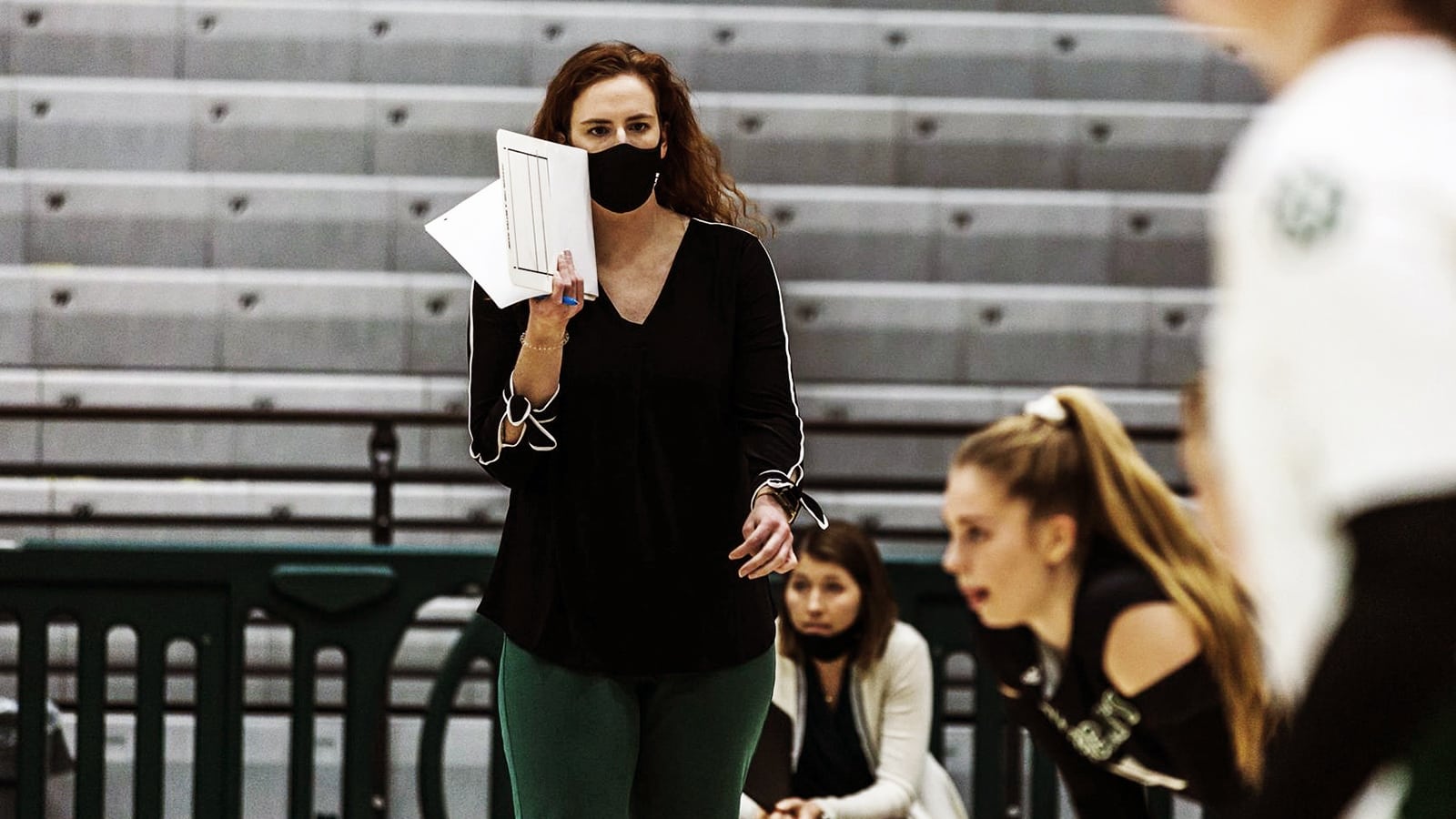By Jacquie Cason, Assistant Women’s Volleyball Coach at Northwest Missouri State University
Summer is camp season, and volleyball camps offer an excellent chance for players who think they might want to play in college to showcase their talents. These camps also provide a way for players and their families to learn what it takes to be a college athlete and the differences between NCAA levels.
Players and their families should take advantage of every opportunity to find out more. A common question asked at these camps is how are scholarships administered in each NCAA division and other institutional options. Here is the basics:
NCAA MODELS

The Headcount Model: If there are 16 players on the team, athletic scholarship money only funds only 12 individual players. A fully funded program has 12 scholarships, and if a D1 school is not fully funded then they will have less “full-ride” scholarships and move to the equivalency model below. The full-ride scholarship will pay for almost everything at college—tuition, fees, room and board, etc. Based on the school, there may be costs the athlete will have to pay out of pocket. The remaining four players on the team will be considered walk-ons, and they may still qualify for academic scholarships.
The Equivalency Model: Here, funding for a total of eight scholarships is available for student-athletes in the program. The amount of money available per school will differ, but it all has to equal the cost of eight full-ride scholarships if they are fully funded. If they aren’t fully funded, then they will have less total scholarships. Coaches determine how to disburse the pool of scholarship dollars. Players or other funding sources have to cover the remaining costs.
The Stackable Model: Student-athletes are eligible to receive both athletic scholarship and academic scholarship money. Players with strong academic records can often accumulate enough scholarship money from these two sources to significantly lower the cost of attending college.
OTHER COLLEGE DIVISIONS/LEVELS

The Aid to Athlete Model: The NAIA combines the athletic and academic aid an individual institution gives out, and all financial aid counts towards the volleyball programs equivalency. The equivalency only measures the student-athletes who participate on the varsity team. There are exemptions for those with a GPA higher than 3.5. If a student has a 3.5 GPA and in the top 25% of their class, their scholarship is considered half of a scholarship in equivalency. If a student has a 3.75 GPA and in the top 10% of their class their scholarship is considered fully exempted from counting in the team’s equivalency.
In the final analysis, deciding if and where to play college volleyball can often be very challenging. The availability of scholarships is an essential part of that decision, but not the only one. Choosing a college and volleyball program should also be based on the right competitive level for your abilities and aspirations, the academic and student life experiences that fit your needs, and finding a volleyball program culture that most appeals to your personality and values.







